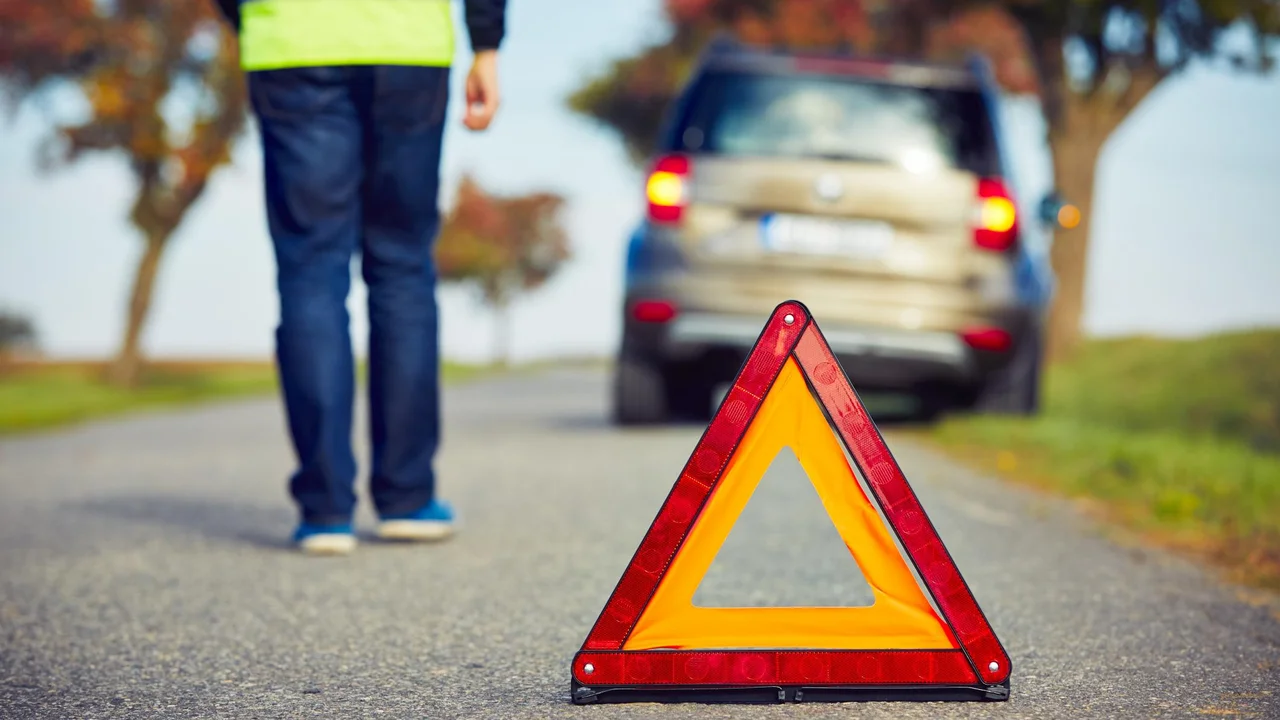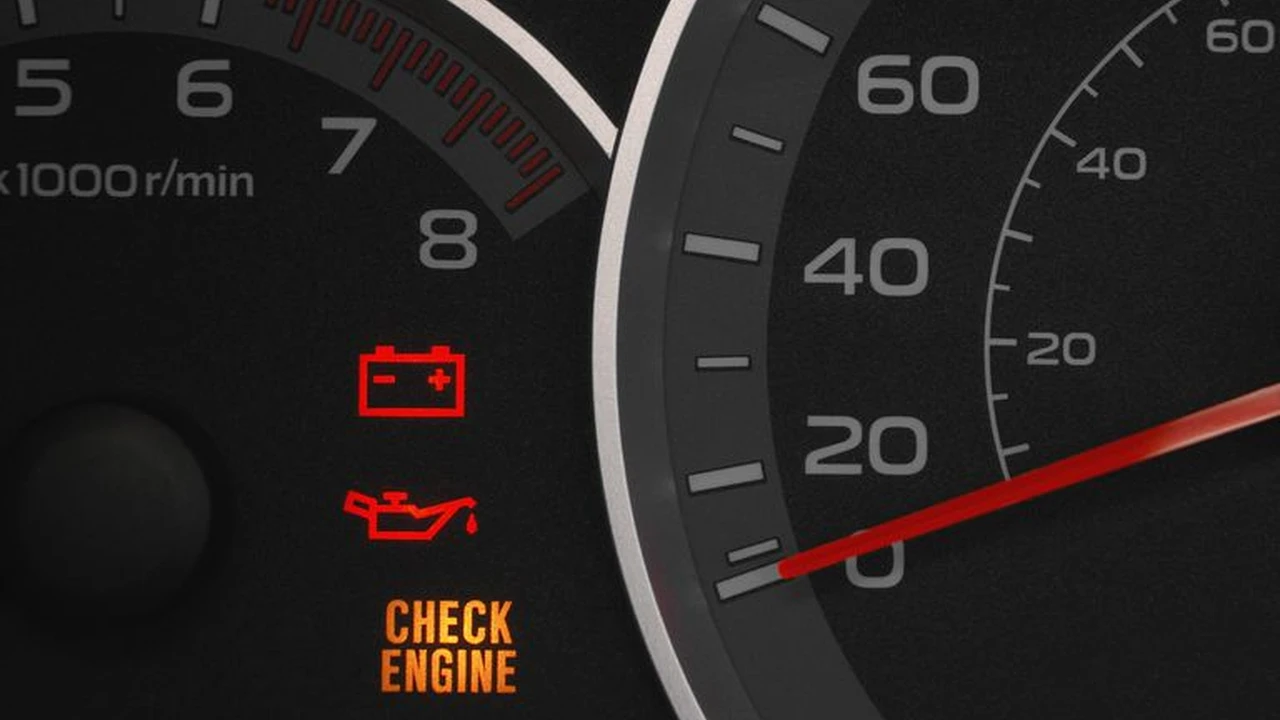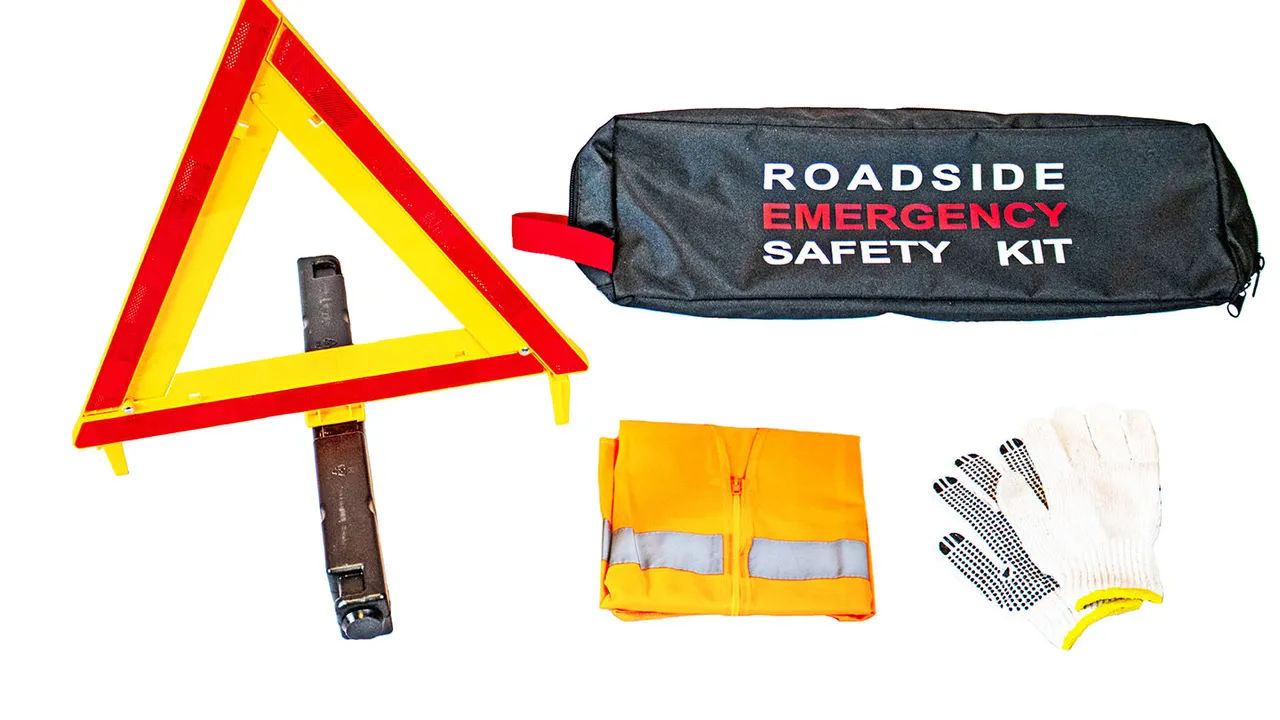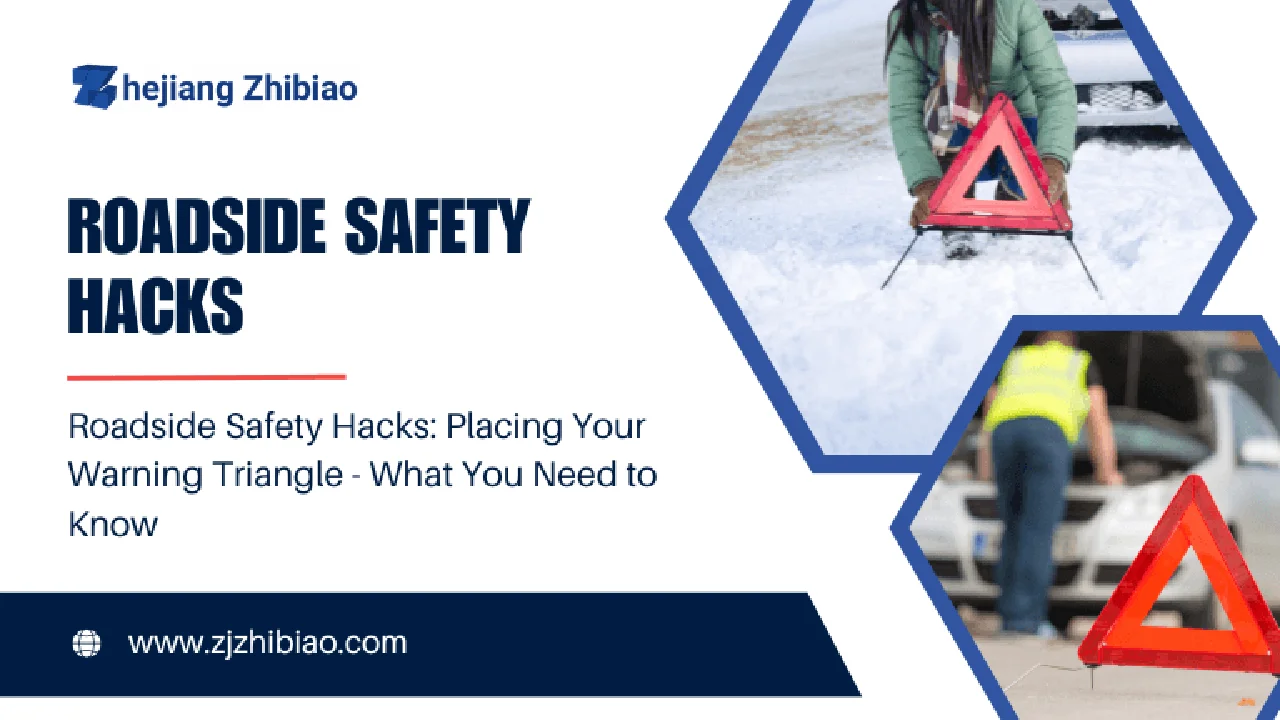How to Report a Roadside Emergency: Contacting the Right Authorities

Understanding Roadside Emergencies and Quick Action Roadside Emergency Guide
Okay, so you're stuck on the side of the road. Not ideal, right? First things first, take a deep breath. Panic won't help anyone. A roadside emergency can be anything from a flat tire to a full-blown accident. Knowing what to do next is crucial, and that's what we're here to help you with. Knowing how to report a roadside emergency and contacting the right authorities can make all the difference.
Assessing the Situation Safety First in Roadside Emergencies
Before you reach for your phone, take a look around. Are you in a safe spot? Is there oncoming traffic? Can you move your vehicle further off the road? Your safety is paramount. If you can safely move your car, do it. Turn on your hazard lights – they're your best friend right now. If you can't move your vehicle or if it's unsafe to get out, stay inside with your seatbelt fastened and call for help.
Knowing Who to Call Emergency Services Roadside Assistance and More
So, who do you call? That depends on the situation. If it's a medical emergency, a fire, or a serious accident with injuries, dial 911 (or your local emergency number) immediately. Be prepared to give them your location, a description of the emergency, and the number of people involved. If it's a less urgent situation like a flat tire, a dead battery, or you've simply run out of gas, you can call roadside assistance. Many insurance companies offer roadside assistance as part of their policy. AAA is another popular option. You can also search online for local towing companies or roadside assistance providers. Keep in mind that wait times can vary, especially during peak hours or in bad weather.
Providing Accurate Information Location Details for Roadside Emergency Response
When you call for help, be as specific as possible about your location. "I'm on the highway" isn't going to cut it. Look for mile markers, exit numbers, or landmarks. Use your phone's GPS to pinpoint your exact location. The more accurate you are, the faster help will arrive. Also, clearly describe the nature of the emergency. Are there injuries? Is there a fire? Is your car blocking traffic? The more information you provide, the better prepared the responders will be.
Staying Safe While Waiting Roadside Safety Tips
While you're waiting for help to arrive, stay safe! If you're outside your vehicle, stay away from traffic. Stand behind a guardrail or on the shoulder of the road, facing oncoming traffic so you can see what's coming. If it's dark, use a flashlight or flares to make yourself visible. Don't attempt to change a tire or make repairs yourself unless you're absolutely confident you can do it safely. And never, ever accept help from strangers. Wait for official responders to arrive.
Essential Roadside Emergency Equipment Car Safety Kits and Must-Have Tools
Being prepared can make a huge difference in a roadside emergency. Here are some essential items to keep in your car:
- Jumper cables: For a dead battery.
- Tire inflator: For a flat tire.
- First-aid kit: For minor injuries.
- Flashlight: For visibility at night.
- Flares or reflective triangles: To warn other drivers.
- Cell phone charger: To keep your phone powered up.
- Water and snacks: In case you're stranded for a while.
- A blanket: To stay warm in cold weather.
- A multi-tool or pocket knife: For various tasks.
- Work gloves: To protect your hands.
Product Recommendations for Roadside Safety Premium Tools and Budget Options
Let's talk specific products! Here are a few recommendations, covering different price points and use cases:
NOCO Boost Plus GB40 1000 Amp 12-Volt UltraSafe Lithium Jump Starter
Use Case: This is a powerful and reliable jump starter for dead batteries. It's small enough to store in your glove compartment but strong enough to jump-start most cars and trucks.
Comparison: Compared to traditional jumper cables, this is much safer and easier to use. You don't need another car to jump-start your vehicle.
Price: Around $100.
EPAuto Portable Air Compressor Pump Heavy Duty Car Tire Inflator
Use Case: This portable air compressor is perfect for inflating tires on the go. It plugs into your car's cigarette lighter and can inflate a tire in minutes.
Comparison: Compared to using a manual tire pump, this is much faster and easier.
Price: Around $30.
AAA 42-Piece Road Trip Emergency Kit
Use Case: A comprehensive kit containing many essentials, including jumper cables, a first-aid kit, a flashlight, and reflective triangles.
Comparison: A convenient all-in-one solution for basic roadside emergencies. It is a great starting point to build upon.
Price: Around $40.
Cartman 148-Piece Tool Set General Household Hand Tool Kit with Plastic Toolbox Storage Case
Use Case: For minor repairs. Might contain tools that are helpful for certain roadside situations.
Comparison: Good value for money.
Price: Around $35.
Lifeline AAA Premium Road Kit
Use Case: This kit is more comprehensive than the standard AAA kit, including a better first-aid kit, a tow rope, and more useful tools.
Comparison: A good upgrade from the basic AAA kit, offering more resources for serious situations.
Price: Around $70.
Avoiding Common Mistakes Roadside Emergency Prevention
Prevention is always better than cure. Regularly maintain your vehicle to reduce the risk of breakdowns. Check your tire pressure, fluid levels, and battery condition. Make sure your lights are working properly. And don't ignore warning signs – if your car is making strange noises or behaving differently, get it checked out by a mechanic.
Staying Calm and Collected Managing Stress in Roadside Emergencies
Finally, remember to stay calm. A roadside emergency can be stressful, but it's important to keep a clear head. Take deep breaths, assess the situation, and follow the steps outlined above. Help is on the way. You've got this!
Understanding Insurance Coverage Roadside Assistance and Policy Details
Check your car insurance policy to see if it includes roadside assistance. Many policies offer this as an add-on, and it can be a lifesaver in a roadside emergency. Know what your policy covers and how to file a claim if necessary. Keep your insurance information readily accessible in your car.
Navigating Different Road Conditions Safe Driving in Adverse Weather
Roadside emergencies are more likely to occur in bad weather. Drive cautiously in rain, snow, or fog. Reduce your speed, increase your following distance, and use your headlights. Be aware of changing road conditions and adjust your driving accordingly. If conditions are too dangerous, pull over to a safe location and wait for the weather to improve.
Using Technology for Assistance Roadside Emergency Apps and Digital Tools
There are many apps available that can help you in a roadside emergency. Some apps can automatically detect a crash and notify emergency services. Others can help you find nearby tow trucks or repair shops. Explore the options and find apps that suit your needs. Make sure your phone is fully charged before you hit the road.
Communicating Effectively with Responders Clear Instructions for Roadside Assistance
When communicating with responders, be clear and concise. Provide your location, the nature of the emergency, and any relevant details. Answer their questions honestly and follow their instructions. Don't argue or become confrontational. Remember, they're there to help you.
Roadside Emergency Scenarios Real-Life Examples and Lessons Learned
Think about different scenarios that could happen and how you would respond. What if you get a flat tire in the middle of the night? What if you run out of gas in a remote area? What if you're involved in an accident with another vehicle? By thinking through these scenarios in advance, you'll be better prepared to handle them if they actually occur.
The Importance of Regular Vehicle Maintenance Preventing Roadside Breakdowns
Regular maintenance is key to preventing roadside breakdowns. Follow your car's maintenance schedule and get it serviced regularly. Check your tires, brakes, fluids, and lights. Address any issues promptly before they become major problems. A little preventative maintenance can save you a lot of hassle and expense down the road.
Roadside Emergency Preparedness for Different Vehicle Types Cars Trucks and Motorcycles
The specific items you need in your roadside emergency kit may vary depending on the type of vehicle you drive. For example, if you drive a truck, you may need heavier-duty jumper cables or a larger tire inflator. If you ride a motorcycle, you may need a compact tool kit and a tire repair kit. Customize your kit to suit your specific needs.
Legal Considerations After a Roadside Emergency Reporting Accidents and Insurance Claims
After a roadside emergency, there may be legal considerations to keep in mind. If you're involved in an accident with another vehicle, you may need to file a police report and notify your insurance company. Be sure to gather all the necessary information, including the other driver's contact information and insurance details. Document the scene with photos or videos. Consult with an attorney if necessary.
:max_bytes(150000):strip_icc()/277019-baked-pork-chops-with-cream-of-mushroom-soup-DDMFS-beauty-4x3-BG-7505-5762b731cf30447d9cbbbbbf387beafa.jpg)






